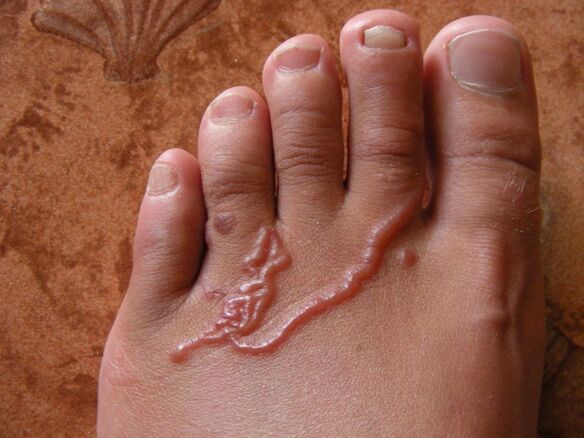
There are several protozoa that can only exist in the host's body. For most of them, the main carrier is people. And having penetrated the human body, these creatures can live anywhere, but subcutaneous parasites are considered to be the most common. It is they who deliver the most unpleasant moments, including the development of complications, and therefore, at the first signs of infection, it is necessary to consult a doctor.
Types of parasites that live under the skin
The simplest ones, whose main carrier is a person, are divided into two main groups:
- cutaneous
- Subcutaneous.
The first includes insects such as: lice, fleas, bed bugs. They live in a person's hair and skin, feeding on their blood, and are capable of carrying various dangerous diseases. But still, skin parasites are considered less dangerous than subcutaneous ones. The latter, living in human skin, not only feeds on its cells, but also generates its offspring within it. Therefore, skin parasites in humans are much more difficult to deal with than skin parasites.
Many protozoa and helminths live under human skin, which can lead to the development of various types of diseases, such as:
- Filariasis
- Dracunculiasis
- schistosomiasis
- ankylostomiasis
- cysticercosis
- Scabies.
And the most unpleasant thing about this is that it is often very difficult to make a correct diagnosis, as the symptoms of such diseases often resemble a normal allergic reaction. Consequently, it takes a long time to treat dermatoses.
To give you an idea of what subcutaneous parasites a person may have and how they manifest, consider the signs of infection with each of the above.
Filariasis
This species does not live in our country, but it is easy to get infected when visiting Africa, South America and Asia. Infection occurs when a person is bitten by a bloodsucking insect, such as a mosquito. As for the incubation period, in this type of dermatoses it can reach 7 years.
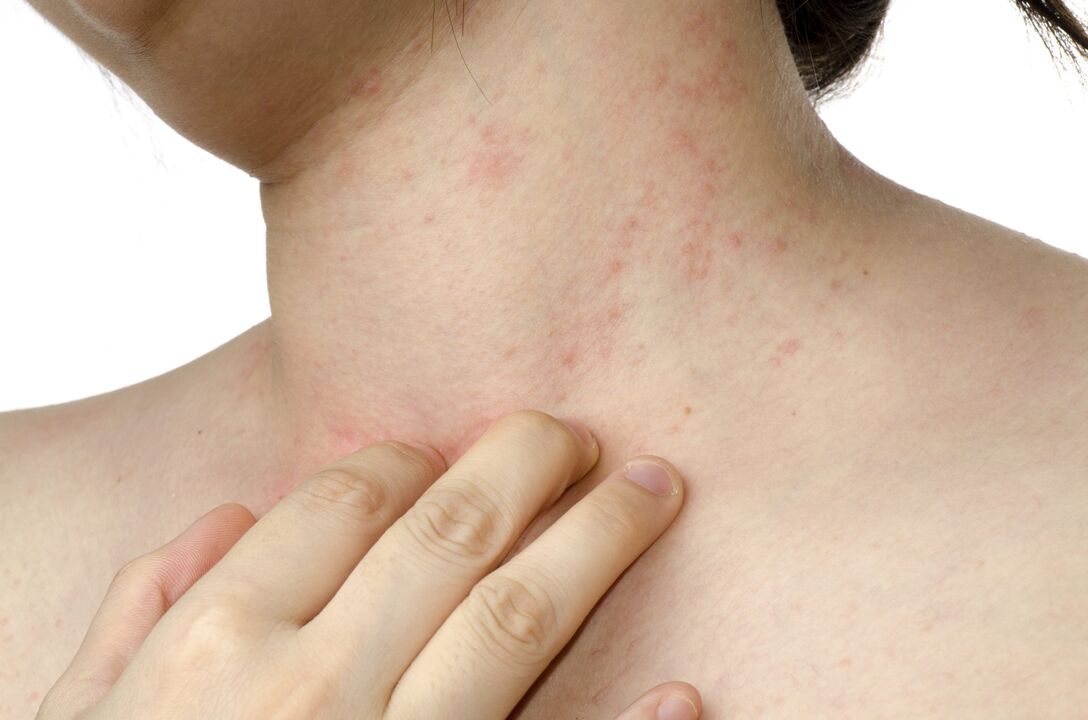
The initial symptoms of this parasitic skin disease are often mild fever and hives, and they are often ignored.
And only after a few years on the skin do they begin to appear:
- ulcers
- warts
- nodules
- papules.
Over time, eczema can develop. In some cases, they may be accompanied by a slight malaise, headaches, fever, which allows us to conclude that the patient has contracted filariasis. This disease is caused by filamentous nematodes.
But if measures are not taken in time, parasitic diseases of the skin can lead to complications in the form of arthrosis and vision problems.
Using mosquito repellents will help prevent infection. By treating open areas of skin with it and thus protecting yourself from blood-sucking insect bites, you will protect yourself from filariasis infection.
Dracunculiasis
This disease is caused by round subcutaneous helminths - Guinea worms. The adults of these parasites that live under human skin can reach a length of more than one meter. A feature of this species is that not only a person can serve as a carrier for them, but also domestic animals: cats, dogs. These parasites are most often found in Central Asia.
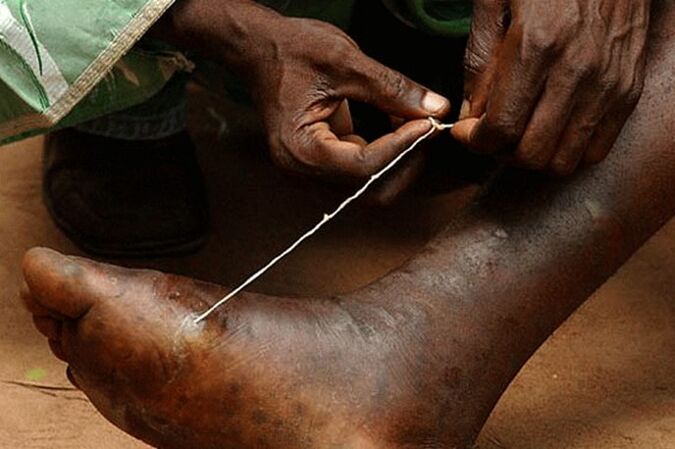
Guinea worm larvae enter the human body by ingesting raw, untreated water. After 2 weeks, they start their journey through the wearer's body, and after 1, 5 months, they penetrate the subcutaneous regions. The larva will develop into an adult only after one year.
Symptoms of infection with rishta are difficult to confuse with another disease. Initially, an elongated swollen area appears on the skin in the leg area, similar to a small lace. Then a bubble forms in its place, inside which are the helminth eggs. And when water enters, it bursts, allowing new larvae to enter the environment.
If you do not start treatment of the disease in time, complications appear in the form of:
- joint inflammation
- Gangrene
- Sepsis, which is caused by abscesses formed in the skin.
As for the fight against this human skin parasite, it consists of removing it from the skin tissues. Also, this process can take several days if a large individual parasitizes in the patient's body. The only condition is not to break the worm.
To prevent infection with dracunculiasis, you should only drink disinfected water and not swim in open water.
schistosomiasis
This disease is also caused by helminths. They live in the waters of Asia and Africa, so swimming in them puts you at risk of getting infected. This variety of helminths parasitizes not only human skin, but also the genitourinary organs. At the initial stage of development, the disease is manifested by rashes, itching, dermatitis. In the future, signs of kidney damage appear and the liver may enlarge.
This disease is treated with antimony drugs. But it is better to avoid infection by following simple rules: refuse to bathe in stagnant water and use only boiled water.
ankylostomiasis
These parasites enter under the skin through cracks in the soles of the feet or wounds elsewhere on the body. But most of the time they still affect the lower limbs and remain there without migrating through the body.
Ankylostomidosis is expressed by the following symptoms:
- intense itching in the place where the parasite is located;
- skin change;
- the appearance of anemia.
The most unpleasant thing about the infection is the fact that this disease is treated quite difficultly and it is not always possible to get a positive result.
cysticercosis
Tapeworm larvae can also parasitize under human skin. The main habitats of these parasites in the human body are the internal organs, where they penetrate with food or water infected by helminths. But still, cases of their development under the skin are not uncommon, and there they can live for years.
Symptoms of infection with cysticercosis are swelling and neoplasms at the site where the parasite entered. Over time, they thicken. In rare cases, the infection may be accompanied by hives.
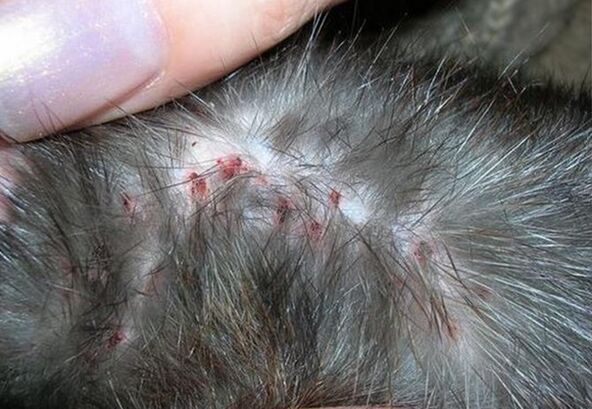
The only way to get rid of them is surgical intervention in the complex and the use of antiparasitic drugs.
Scabies
Today this disease is quite rare, but literally 50 years ago it was one of the most common among those caused by parasites. Its appearance is caused by penetration under the skin of a person with a microscopic size of a scabies mite. In addition, it prefers to settle in the deep layers of the skin, where it feeds on the epithelium and lays eggs in it.
The life cycle of an adult is not more than two months. But during this time, the female manages to lay more than a dozen eggs. Most often, the tick affects the hands, folds, armpits, soles of the feet. But it can also be found in the mammary and genital glands.
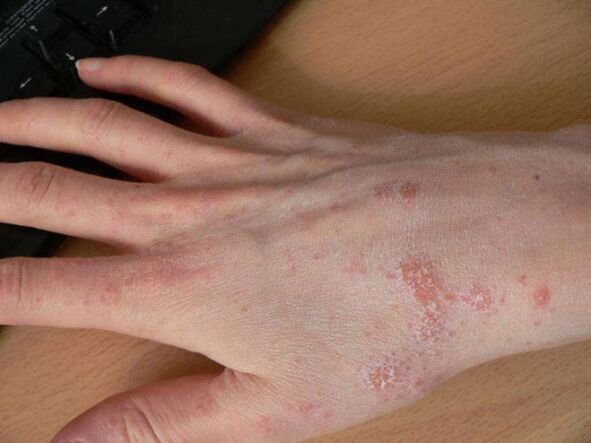
Infection with this parasite leads to the development of scabies, which is determined by obvious signs such as clearly visible passages, crusts at the places of scratches, rashes, itching, which intensifies at night. With premature treatment, scabies can lead to the development of dermatitis and eczema, which worsen in the autumn periods.
Such a disease is treated with sulfuric ointment or hydrochloric acid solution and the use of sulfuric soap. For extensive lesions, antibiotics may be prescribed. But to avoid reinfection, it is necessary to boil the patient's bed linen and clothes and iron both sides with a hot iron. Therefore, it is easier to observe personal hygiene and avoid contact with the infected - this will help not to get sick.
Identification and diagnosis of subcutaneous parasites
Most of the time, you can determine whether or not a person is infected visually. However, in any case, the patient will undergo an examination, which will help to more accurately determine the location of the lesion and the number of parasites.
Parasitic skin diseases are diagnosed:
- Taking a scraping and a smear of the mucous membrane;
- A blood test for the presence of antibodies in it.
And only after receiving all the results, the doctor can determine the treatment regimen and prescribe drugs that can destroy the parasite.
Treatment methods depend on the type of disease. In some cases, even surgery may be necessary. But most of the time it is possible to live with the use of several drugs.
Disease prevention
As the removal of some types of helminths from the human body can take several years, it is easier to prevent parasitic skin diseases. To do this, avoid drinking raw water, undercooked meat products and close contact with infected people.



































